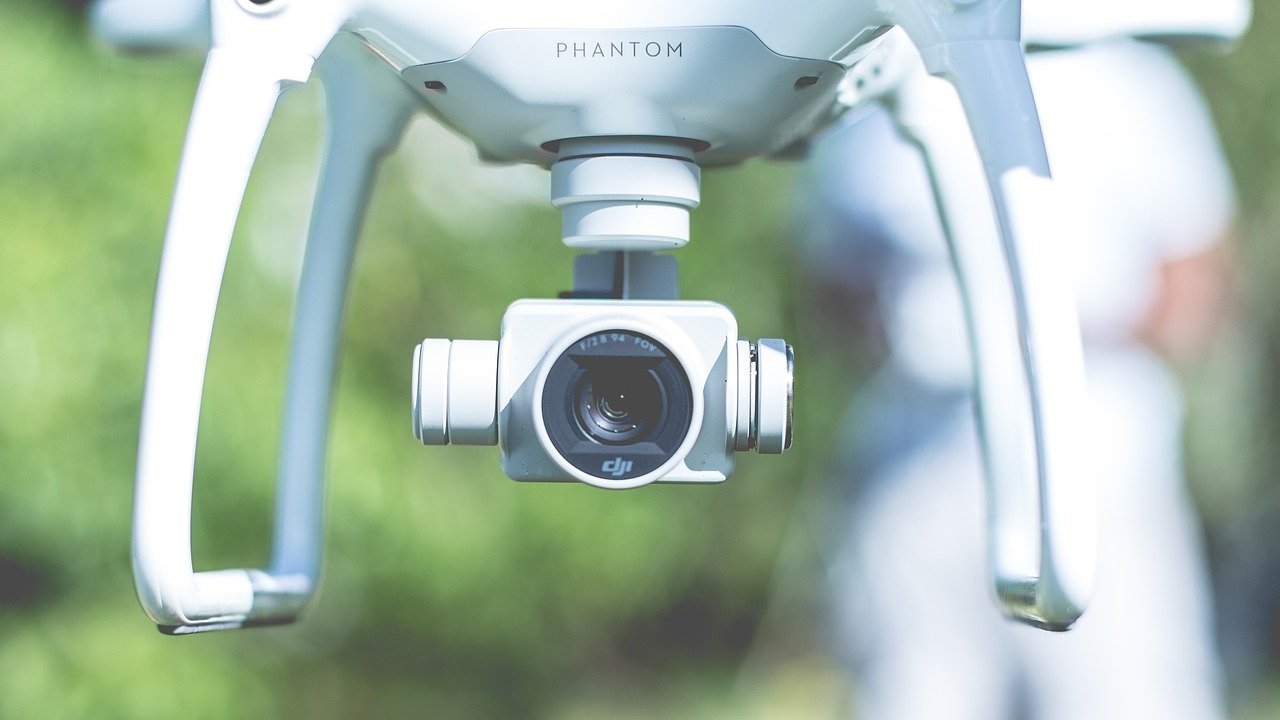Drone remote start revolutionizes drone operation, allowing pilots to initiate flight remotely. This opens up exciting possibilities across various sectors, from search and rescue to construction, by optimizing efficiency and safety. We’ll explore the technology, applications, legal aspects, and future trends of this innovative capability.
This guide delves into the intricacies of drone remote start, examining the diverse functionalities, communication protocols, security measures, and potential risks involved. We’ll cover real-world applications, legal considerations, user interface design, and future technological advancements. Prepare to gain a comprehensive understanding of this rapidly evolving field.
Understanding Drone Remote Start
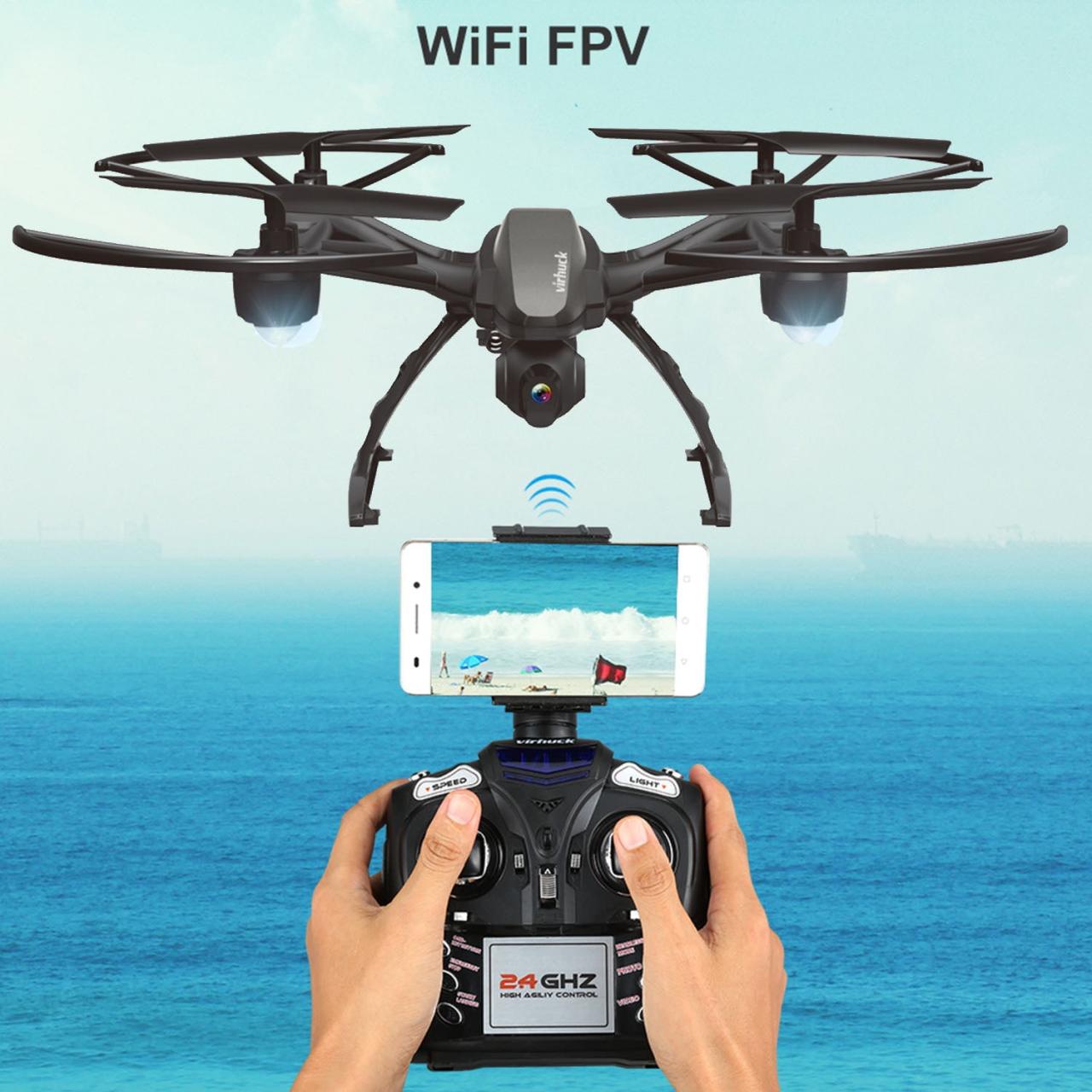
Drone remote start, a seemingly simple concept, encompasses a range of functionalities and technological complexities. This article delves into the various aspects of remote drone activation, from its definition and applications to the legal and ethical considerations involved.
Defining “Drone Remote Start”
Drone remote start refers to the ability to initiate a drone’s power-up and pre-flight processes from a distance, without physically interacting with the drone itself. This can involve different levels of control, from simply turning the drone on to initiating more complex sequences like GPS lock and sensor calibration. Interpretations vary based on the specific drone model and its features.
So you’re setting up your drone and want that sweet remote start functionality? Before you get flying, double-check your shipping details – if you used UPS, you might need the ups canada phone number to track your package and ensure all your drone parts arrived safely. Once you’ve confirmed everything’s there, you can finally get to that awesome remote start feature and take to the skies!
Functionalities can include powering on the drone, initiating GPS acquisition, calibrating sensors, and even starting pre-programmed flight sequences. Some drones might offer a simple on/off switch via a remote, while others may have more sophisticated features like automated pre-flight checks initiated remotely. Examples include DJI’s Matrice series, which allows for pre-flight checks remotely, and Autel Robotics’ EVO series, featuring similar remote activation capabilities.
The exact functionalities vary depending on the manufacturer and drone model.
| Drone Type | Remote Power On | Remote Pre-flight Checks | Remote Flight Plan Initiation |
|---|---|---|---|
| DJI Matrice 300 RTK | Yes | Yes | Yes |
| Autel EVO II Pro | Yes | Yes | Partially (limited flight plans) |
| Parrot Anafi USA | Yes | Limited | No |
| Small hobbyist drone (e.g., DJI Mini 3 Pro) | No | No | No |
Technological Aspects of Remote Start
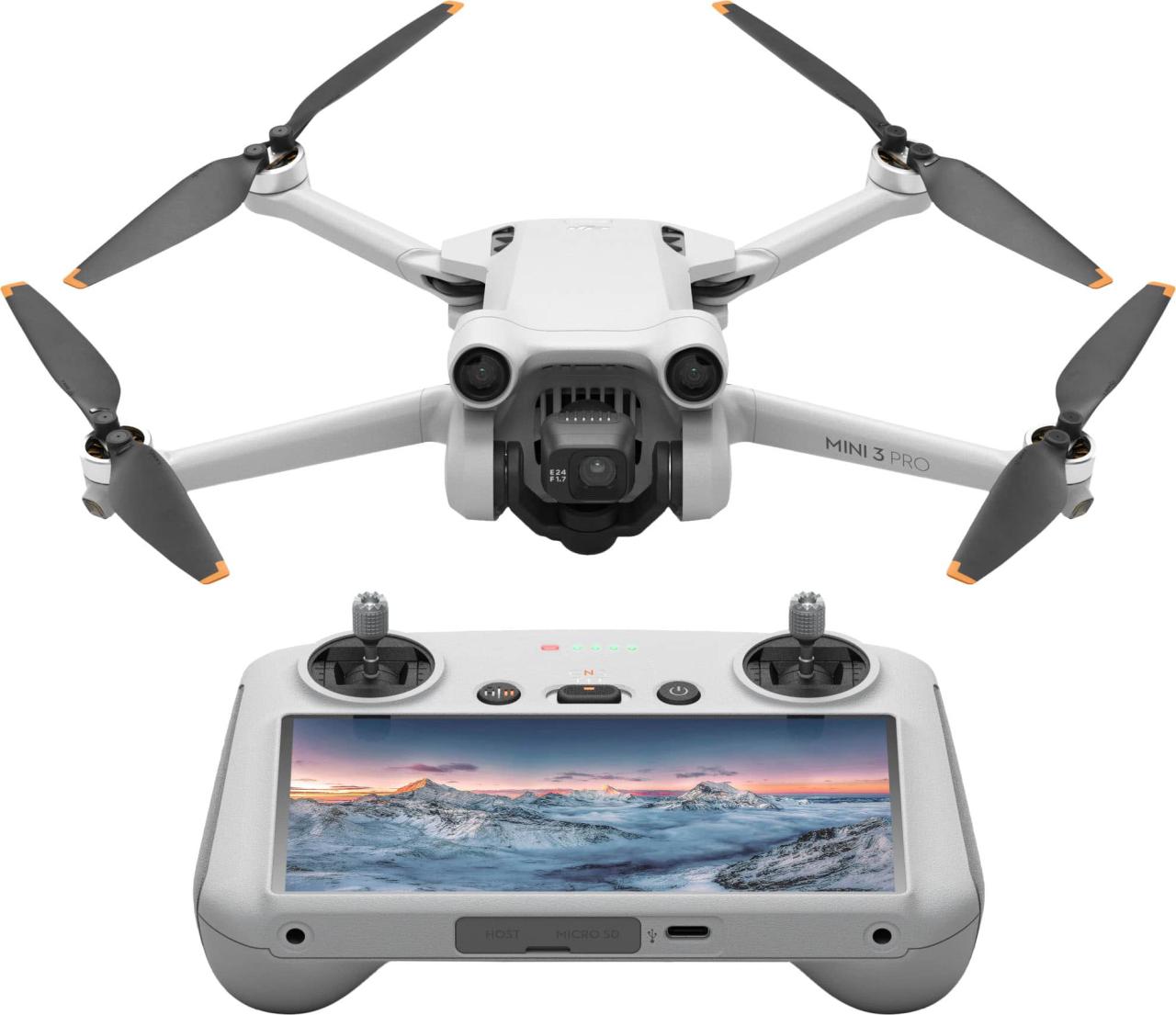
Remote drone activation relies on robust communication protocols and sophisticated security measures. Understanding these aspects is crucial for ensuring safe and reliable operation.
Common communication protocols include 2.4 GHz and 5.8 GHz Wi-Fi, Bluetooth, and cellular networks (4G/5G). Security is paramount and typically involves encryption of communication channels, authentication procedures, and potentially even biometric verification. Range limitations are affected by factors such as signal interference, atmospheric conditions, and the drone’s antenna design. Potential vulnerabilities include unauthorized access, signal jamming, and software exploits.
Applications of Drone Remote Start
Remote drone start finds practical applications across numerous industries, enhancing efficiency and safety. Let’s explore some key examples.
Want to start your drone without physically touching it? Drone remote start is becoming increasingly popular for convenience and safety. To stay up-to-date on the latest tech advancements, check out the drone news today for all the buzz. Understanding the newest features helps you make informed decisions when choosing a drone with remote start capabilities, ensuring a smoother flying experience.
- Infrastructure Inspection: Remotely starting a drone for bridge or pipeline inspection allows for quicker deployment in hazardous environments.
- Search and Rescue: Immediate deployment of a drone in emergency situations, such as a collapsed building or a flooded area, is vital.
- Precision Agriculture: Automated pre-flight checks and remote start can streamline crop monitoring and spraying operations.
Imagine a scenario where a wildfire breaks out in a remote area. A pre-positioned drone with remote start capabilities can be activated immediately to assess the fire’s spread, providing crucial information to firefighters before they even arrive on the scene.
Future applications could include autonomous swarm deployment for environmental monitoring or coordinated delivery operations using remote start for efficient logistics.
Legal and Regulatory Considerations
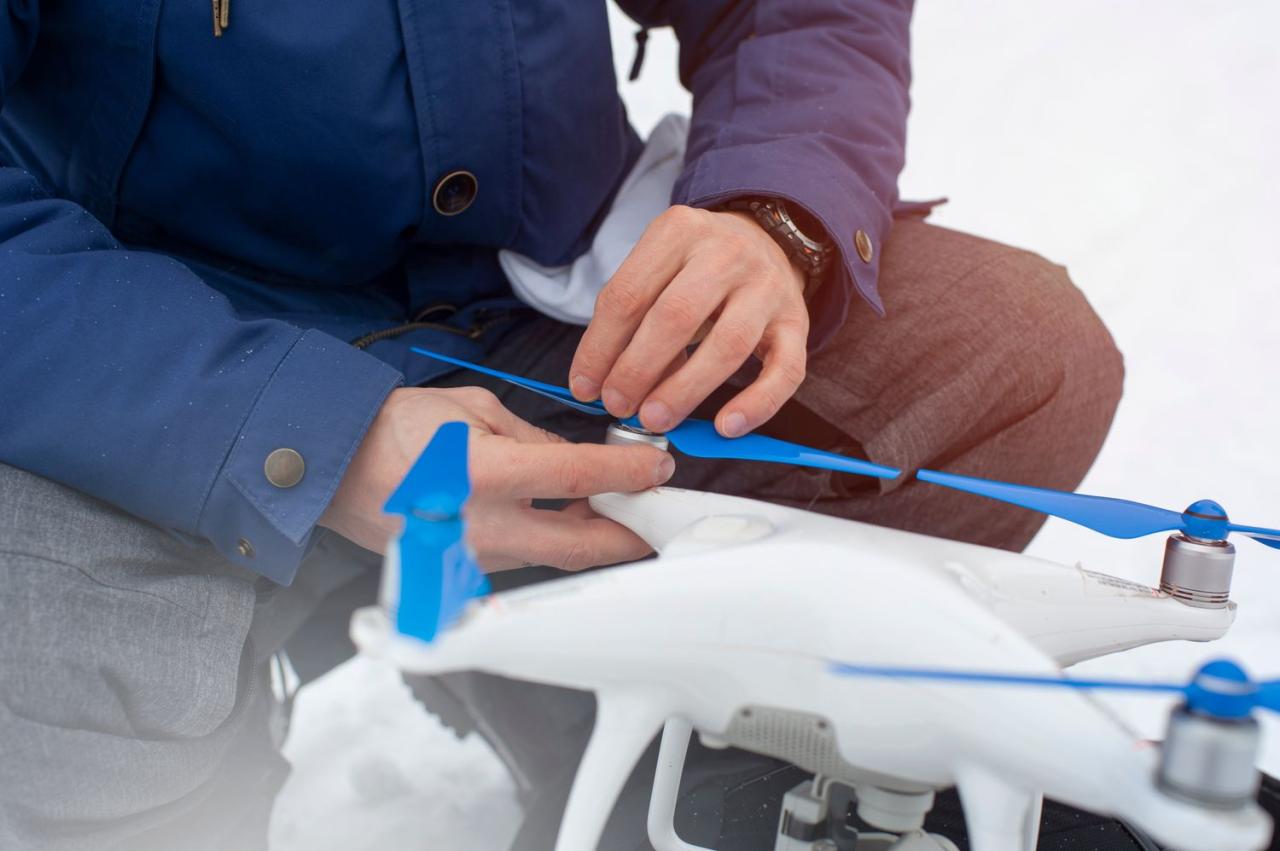
The legal and regulatory landscape surrounding remote drone start varies across jurisdictions. Understanding these frameworks is crucial for responsible operation.
Many countries have regulations governing drone operation, including restrictions on flight zones, pilot certification, and data privacy. These regulations often extend to remote start capabilities, requiring specific permissions or adherence to stricter safety protocols. The ethical implications involve responsible use, data security, and preventing misuse of the technology.
User Experience and Interface Design, Drone remote start
A user-friendly interface is crucial for the effective and safe use of remote drone start features. The design should prioritize ease of use and clear information display.
An ideal interface would provide a clear overview of the drone’s status, including battery level, signal strength, and GPS lock. It should also feature intuitive controls for initiating the remote start process and monitoring the drone’s progress. A mockup of such an app could include a large, easily accessible “Start” button, clear status indicators using color-coded icons, and a map display showing the drone’s location.
Future Trends and Developments
Advancements in technology are shaping the future of remote drone start, paving the way for more sophisticated and autonomous capabilities.
Artificial intelligence (AI) could enhance remote start by automating pre-flight checks, optimizing flight paths, and even detecting and resolving potential issues autonomously. Integration with other systems, such as weather forecasting and traffic management, will further enhance safety and efficiency. We can expect future drones to have more robust remote start features, perhaps even incorporating voice commands or gesture control.
Illustrative Examples
In a search and rescue operation following an earthquake, a drone with remote start capabilities could be activated from a safe distance to survey the disaster zone, identifying trapped individuals or assessing structural damage. The drone, equipped with thermal imaging and high-resolution cameras, would be pre-programmed with a flight path to cover the most critical areas. The remote operator, situated in a mobile command center, would monitor the drone’s progress and receive real-time data, relaying crucial information to the rescue teams.
During a construction project, a remote start interface on a tablet could display the drone’s battery level, GPS coordinates, and camera feed. The interface would be simple and intuitive, allowing the construction manager to quickly activate the drone for site surveys or progress monitoring. The surrounding environment would be a bustling construction site with workers and equipment, emphasizing the convenience of remote start in such a dynamic environment.
The data flow during remote start would begin with a command signal sent from the remote control via a secure communication link (e.g., encrypted Wi-Fi). This signal would be received by the drone’s onboard receiver, verified, and then processed by the drone’s flight controller. The flight controller would then initiate the power-up sequence, followed by GPS acquisition and sensor calibration.
Finally, the drone would send a confirmation signal back to the remote control, indicating a successful start.
End of Discussion
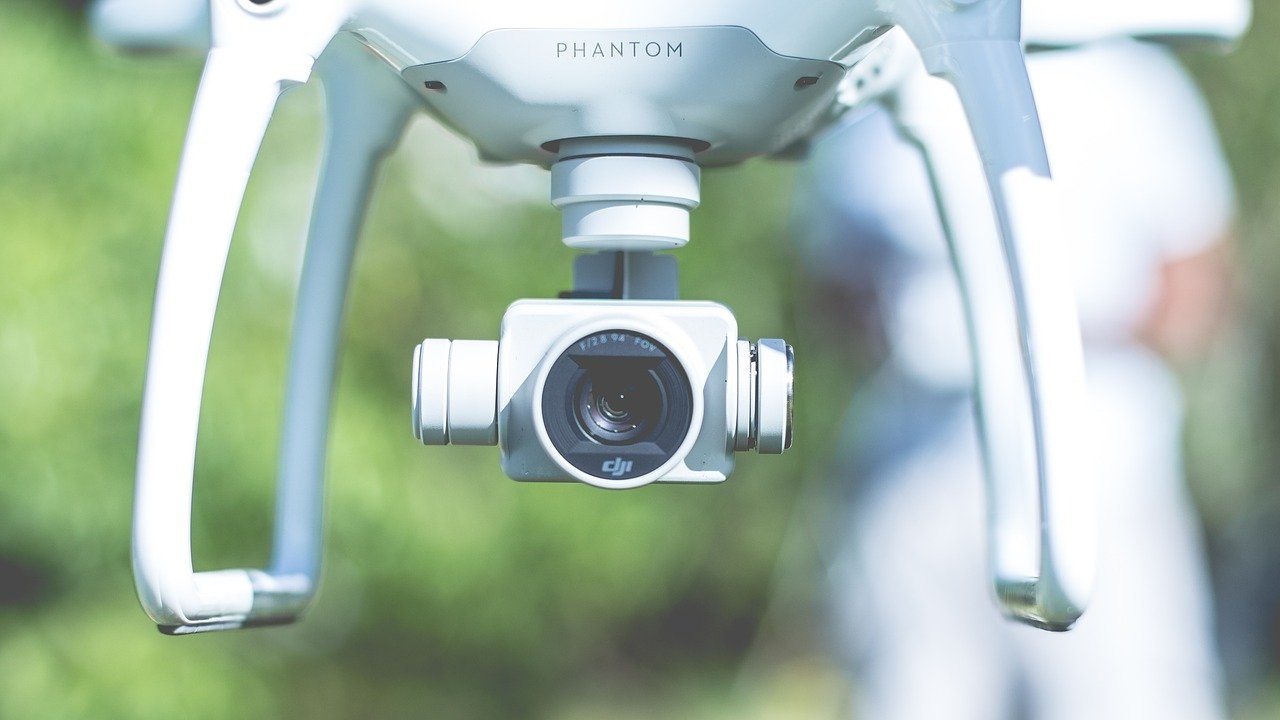
Drone remote start isn’t just a convenience; it’s a game-changer for drone technology. From streamlining complex operations to enhancing safety and efficiency, its impact is undeniable. As the technology advances, expect even greater integration with AI and broader adoption across industries. Understanding the capabilities and limitations of remote drone start is crucial for anyone working with or interested in unmanned aerial vehicles.
Expert Answers
What are the typical range limitations of drone remote start?
Range is affected by factors like signal strength, environmental interference (e.g., buildings, terrain), and the drone’s communication system. Expect limitations, often within a few kilometers, but this can vary significantly.
How secure are remote drone start systems?
Drone remote start is super handy, letting you power up your drone from a distance. But if you’re troubleshooting and need to check online resources, you might wonder, “is chatgpt down? ” since it’s a great tool for finding solutions. Getting back to drone remote start, remember to always check your battery levels before initiating the process!
Security varies greatly depending on the system. Robust systems employ encryption and authentication protocols to prevent unauthorized access. However, no system is perfectly secure; vulnerabilities exist and need to be considered.
What are the potential safety risks associated with remote drone start?
Risks include accidental activation, loss of control due to signal interference, and potential for misuse. Thorough safety protocols and operator training are essential.
Are there specific certifications or licenses needed to use drone remote start?
Regulations vary by country and region. Check local aviation authorities for licensing and certification requirements for operating drones, especially with remote start capabilities.
